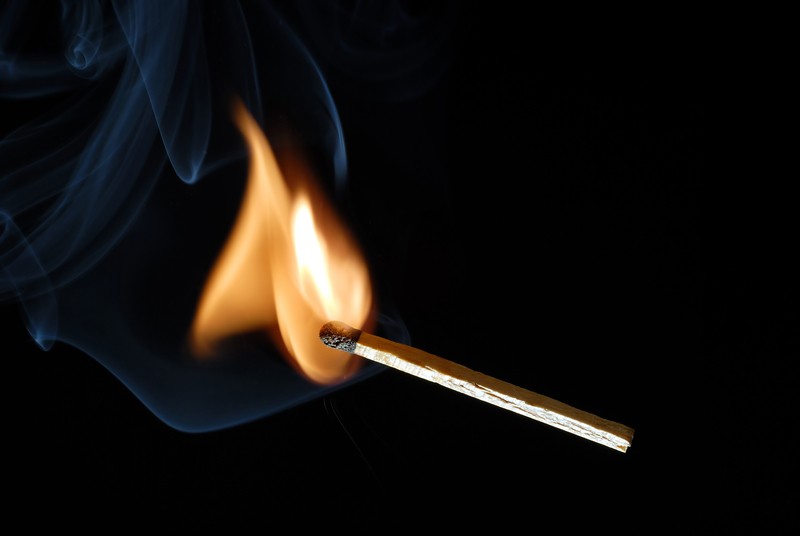Matches are an invaluable addition to any survival kit, providing peace of mind when a lighter is nearly empty. But do you know their amazing history? Check it our below.
1. Matches Are Old
Matches became common and affordable in the 1800’s, but they predate that time period by more than a millennium. The early Chinese were using them as far back as the year 577, according to several Chinese chroniclers. These early matches were small splinters of pine which were impregnated with sulfur.
2. Matches Aren’t Just Sticks
If you’ve ever studied the matchlock rifle or cannons, then you know that a “match” isn’t just a chemical tipped stick. The historic term “match” refers to rope or cord with a smoldering ember at the end. These glowing cords were used to fire guns and cannon (and sometimes to light a fire).
3. Matches Are the Result Of Alchemy
European alchemist Hennig Brandt discovered how to isolate flammable phosphorus in 1669. Brandt allowed a vat of urine to stand until putrid. Then he boiled down the ammonia-scented liquid, and evaporated the resulting paste. The end product was a waxy white form of phosphorus, which glowed in the dark and was highly flammable. White phosphorus was later used in 19th century matches until its toxicity became apparent. Manufacturers then switched to a safer red phosphorus formula, close to the match formula used today.
As with many of the best inventions ever (the microwave, silly putty, and the slinky), matches, as we know them today, are the result of someone making an accidental discovery when trying to make something else.
Who would have thought that the quest for making gold out of other elements would result in one of the most useful inventions of all time? That, coupled with the fact that the idea for these little fire sticks has been around for over a thousand years, makes them all the more interesting.
If you found this article as fun and informative as we did, check out the rest at Outdoor Life.
